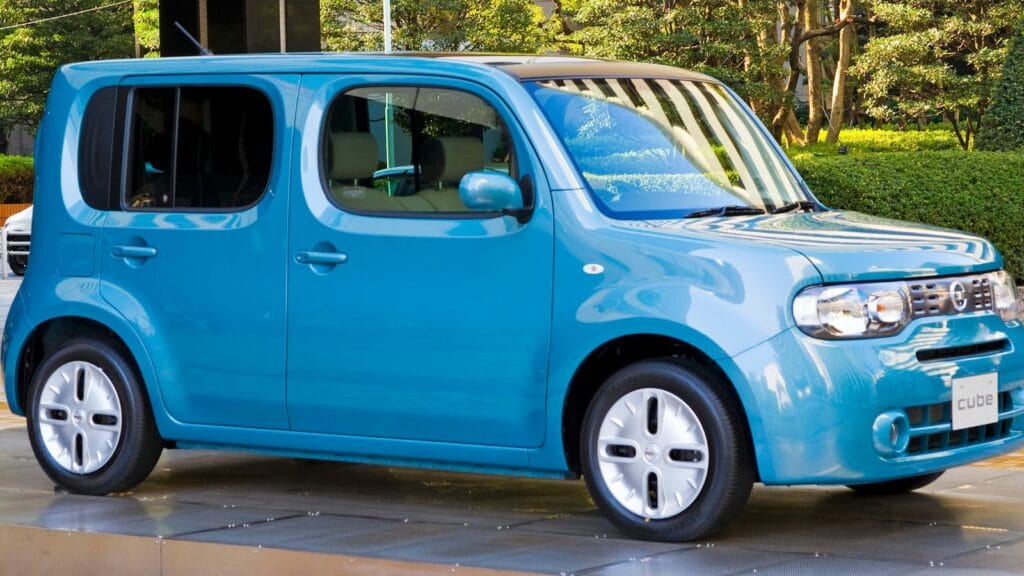Car design is a high-stakes game. Get it right and your vehicle becomes an instant icon. Get it wrong and you end up as the butt of jokes at car meets and internet forums. Over the last two decades, manufacturers have tried everything from retro throwbacks to futuristic experiments, and not all of it landed. Some cars were brave but awkward, others just missed the mark entirely. Here are 15 of the most questionable automobile designs North America has seen in the last 20 years.
Pontiac Aztek (2001–2005)
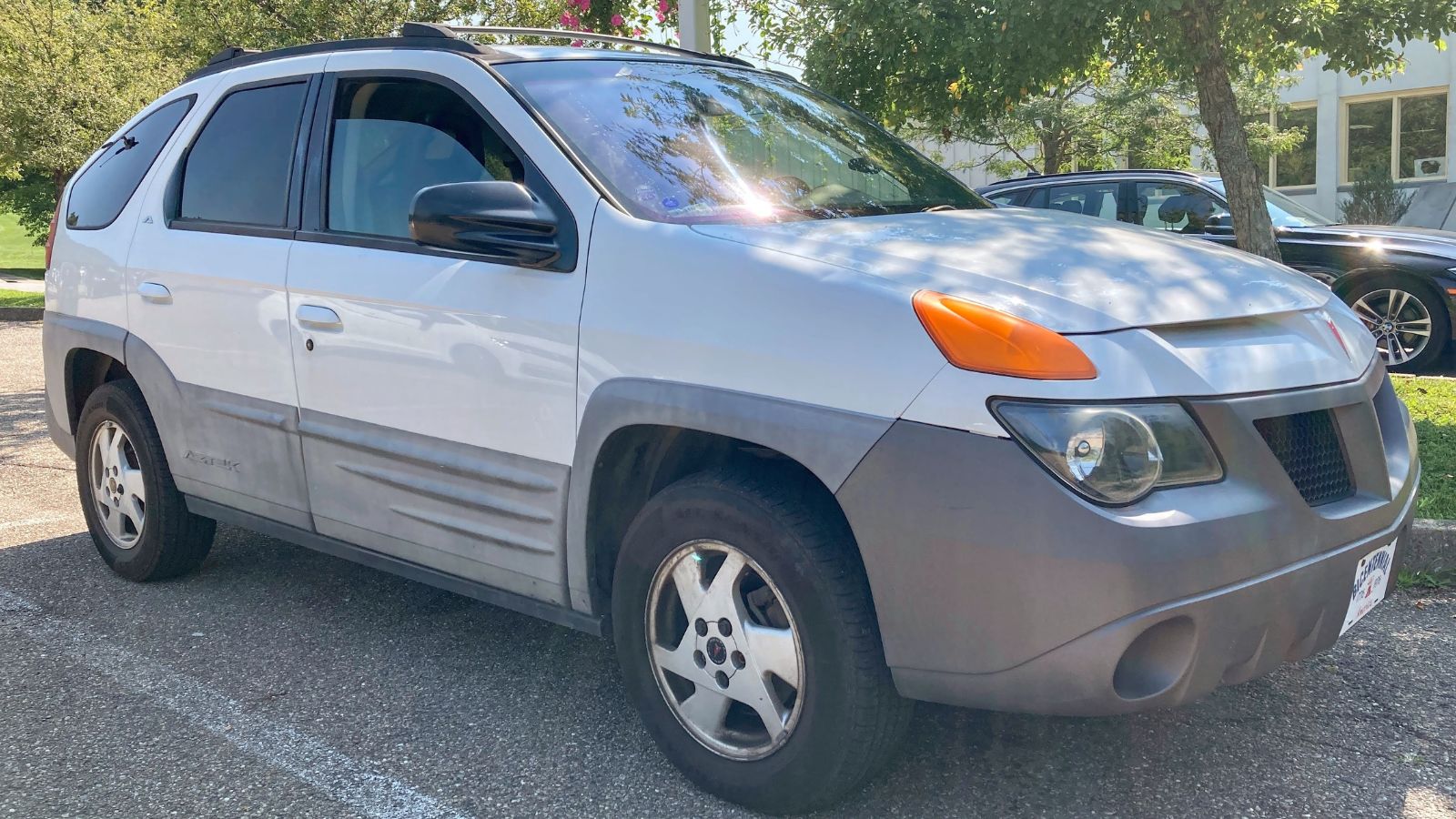
The Pontiac Aztek is the automotive definition of “so bad it’s good.” GM wanted to build a rugged crossover for active families, complete with camping gear and even a tent option. The problem was, it looked like several different design sketches had been glued together at the last minute. Its split headlights, bulky cladding, and confusing proportions made it infamous. Today, the Aztek has cult status thanks to Breaking Bad, but back in its showroom days it was ridiculed. Underneath the awkward shell was actually a practical, versatile vehicle, which makes its styling misfire even more tragic.
Chrysler PT Cruiser (2001–2010)
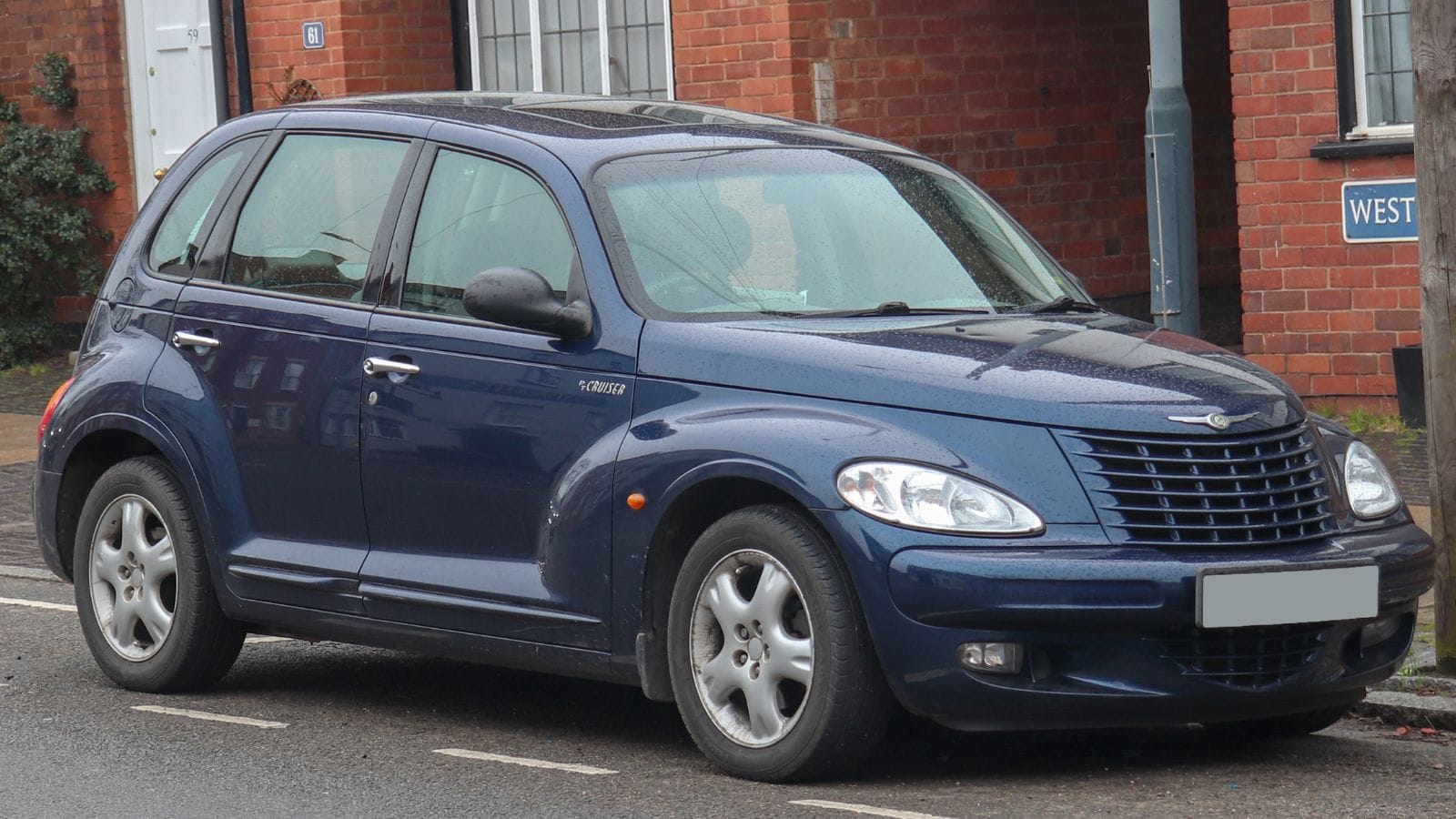
The PT Cruiser was Chrysler’s attempt to bottle retro charm for the modern era. At launch, it was a smash hit, praised for its quirky looks and flexible interior. But as the years went on, the cartoonish fenders and upright stance started to feel dated. The nostalgia wore off quickly, leaving behind a car that looked like a 1930s gangster mobile drawn by a child. Despite being offered as a convertible and even a turbocharged GT, it became a rolling cliché. The PT Cruiser went from cool novelty to neighborhood punchline in record time.
Hummer H2 (2003–2009)
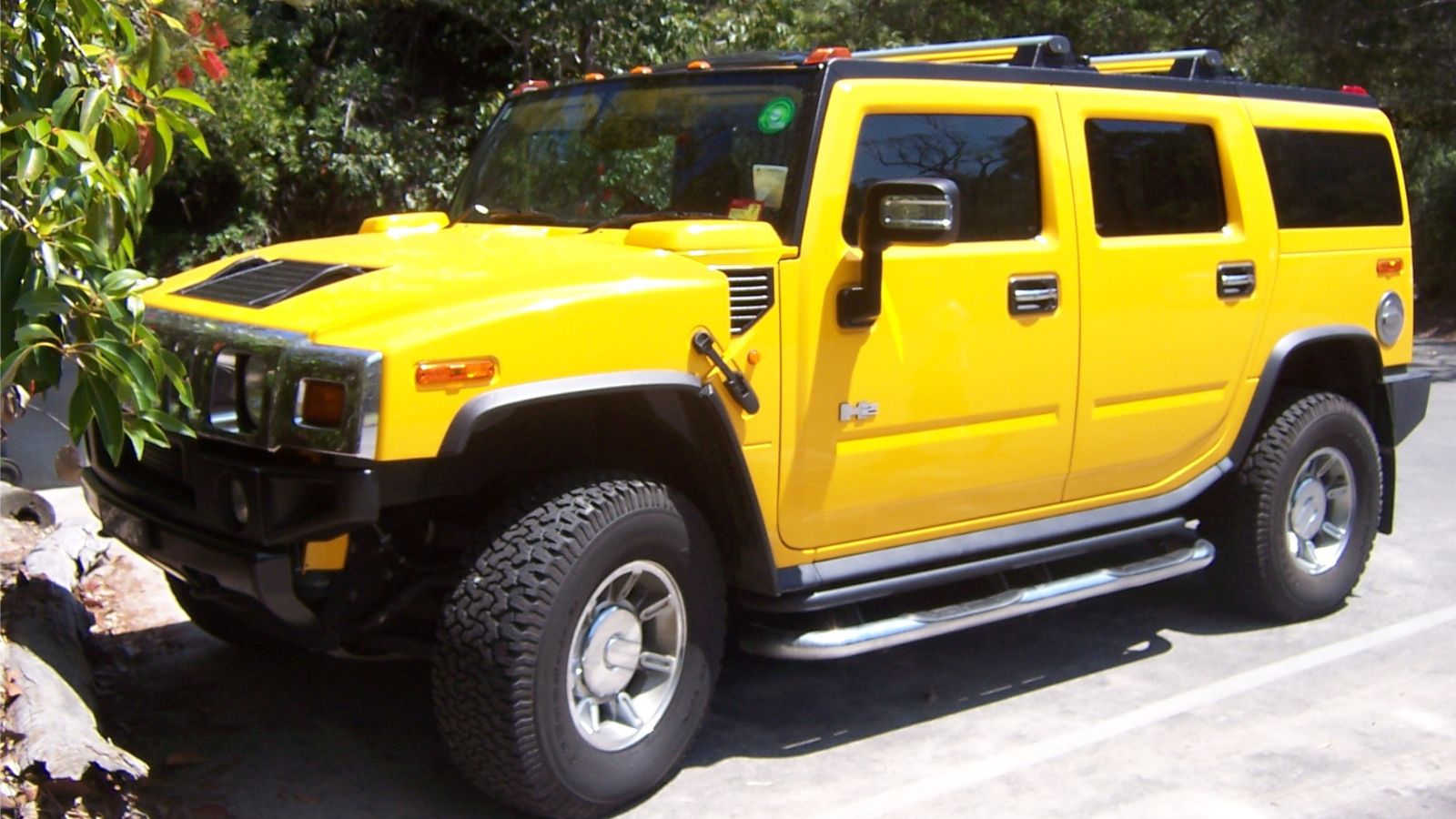
The H2 was the peak of early 2000s excess. Based loosely on GM truck underpinnings, it exaggerated the Hummer military aesthetic into something massive and theatrical. The grille looked like it could double as a cattle guard, and the slab-sided body screamed “look at me.” Critics slammed it for guzzling fuel at a comical rate, but celebrities and suburbanites lined up anyway. It became the poster child for wasteful design, a caricature of toughness that aged poorly. Today, its legacy is more internet meme than timeless cool, though it still has a following among off-road fans who enjoy its unapologetic size.
Toyota Prius (2004–2009, second generation)
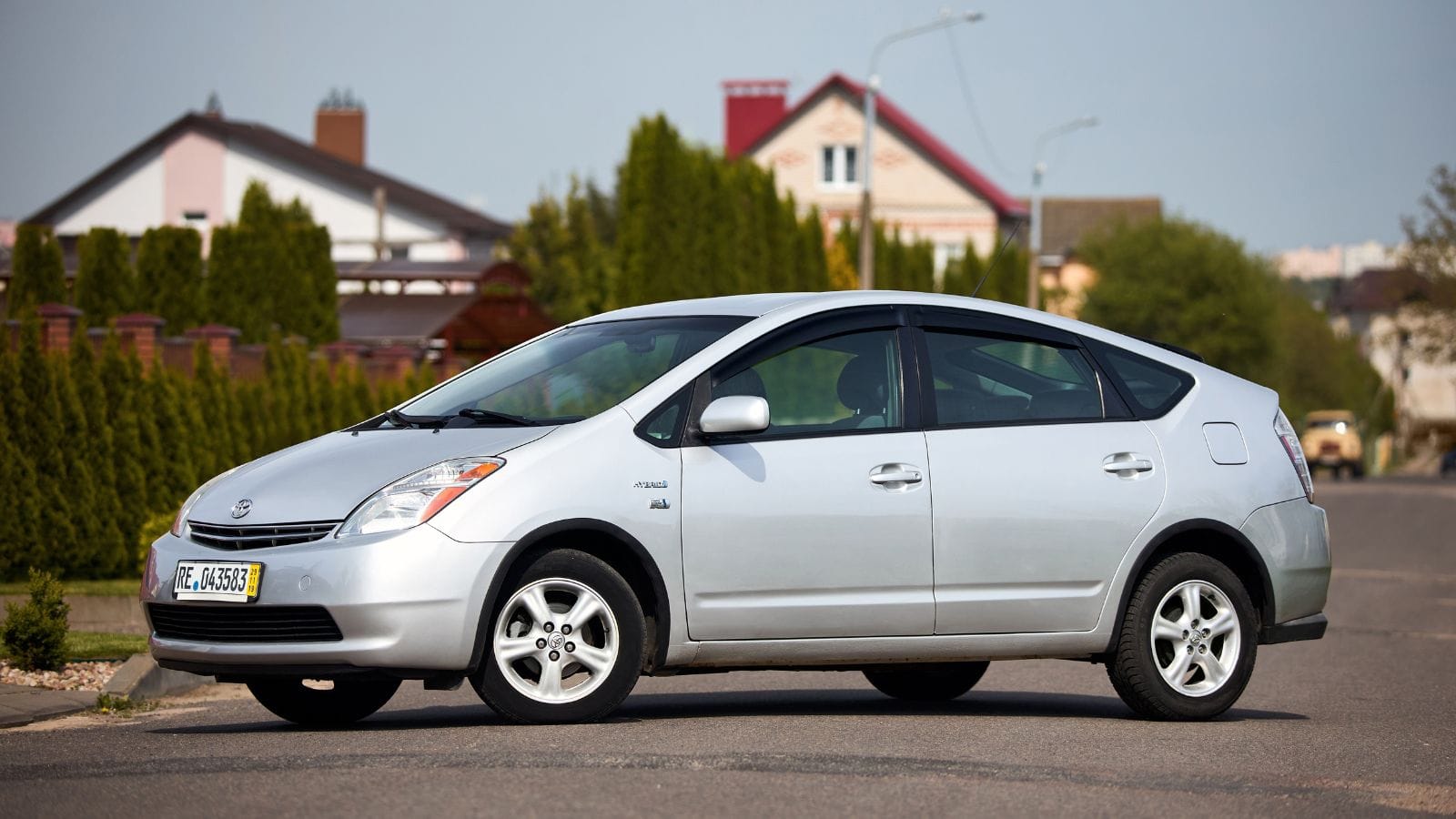
The second-generation Prius was a technological milestone but a styling nightmare. Its wedge-shaped design screamed “function over form,” prioritizing aerodynamics above all else. Toyota didn’t even try to hide it. The Prius wore its eco-friendly mission on its sleeve, which made it efficient but visually dull. It became a symbol of smug green driving, lampooned in movies and TV shows. Owners loved the fuel savings, but few would call it beautiful. In fairness, Toyota’s engineers hit their target: this design made it unmistakably a hybrid. Still, it remains one of the most soulless-looking cars of the 2000s.
Nissan Cube (2009–2014)
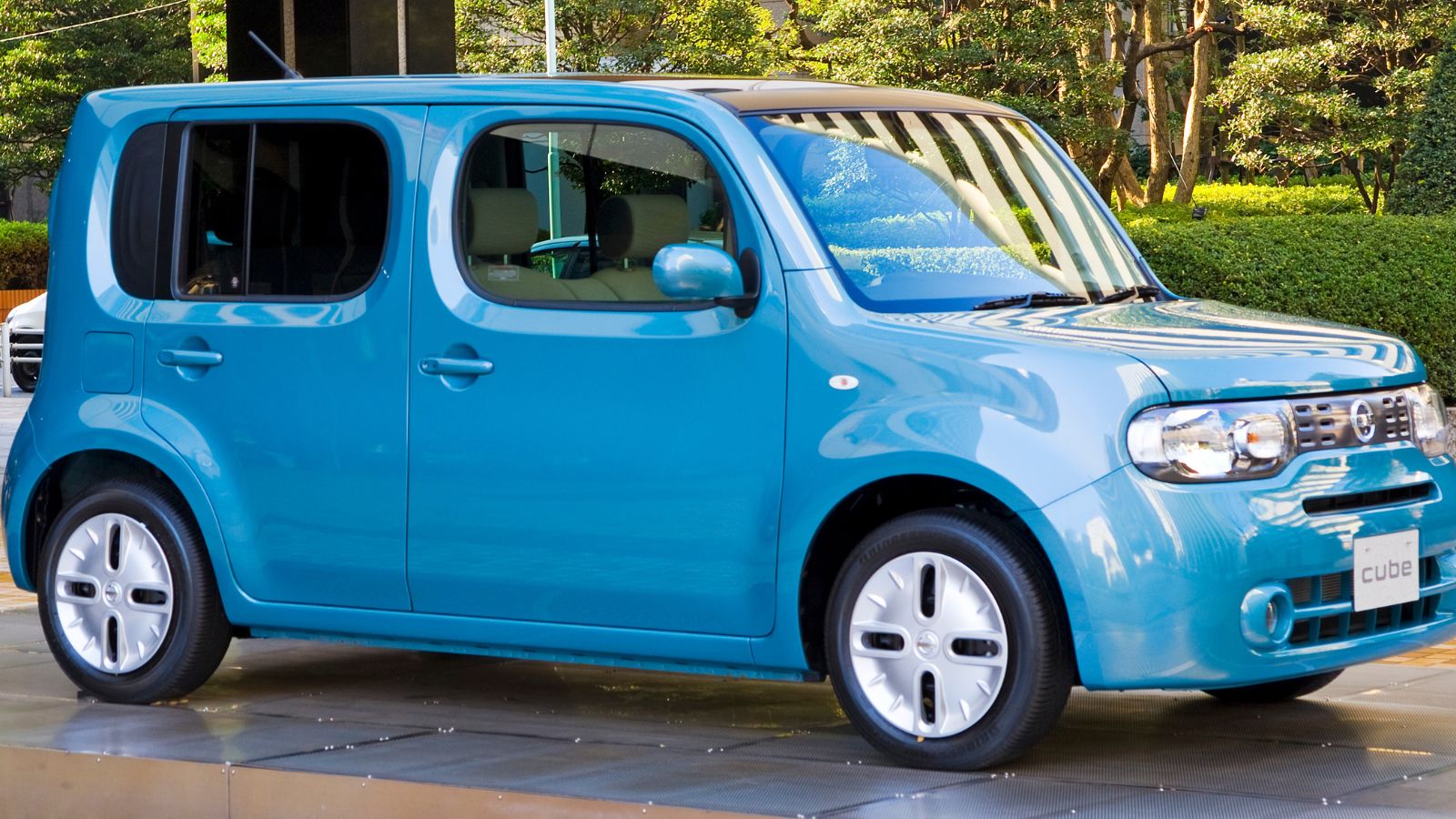
Few cars leaned into weirdness as hard as the Nissan Cube. With its asymmetrical rear window and upright refrigerator profile, it looked more like urban architecture than a vehicle. The interior was just as strange, with a headliner patterned to look like ripples in a pond. Nissan marketed it to creative types, but mainstream buyers recoiled. It was fun and practical, but its oddball styling made it feel imported from a parallel universe. The Cube found niche fans, especially among young city dwellers, yet it never caught on in North America. Ultimately, it was too quirky for its own good.
Scion xB (2004–2006, first generation)
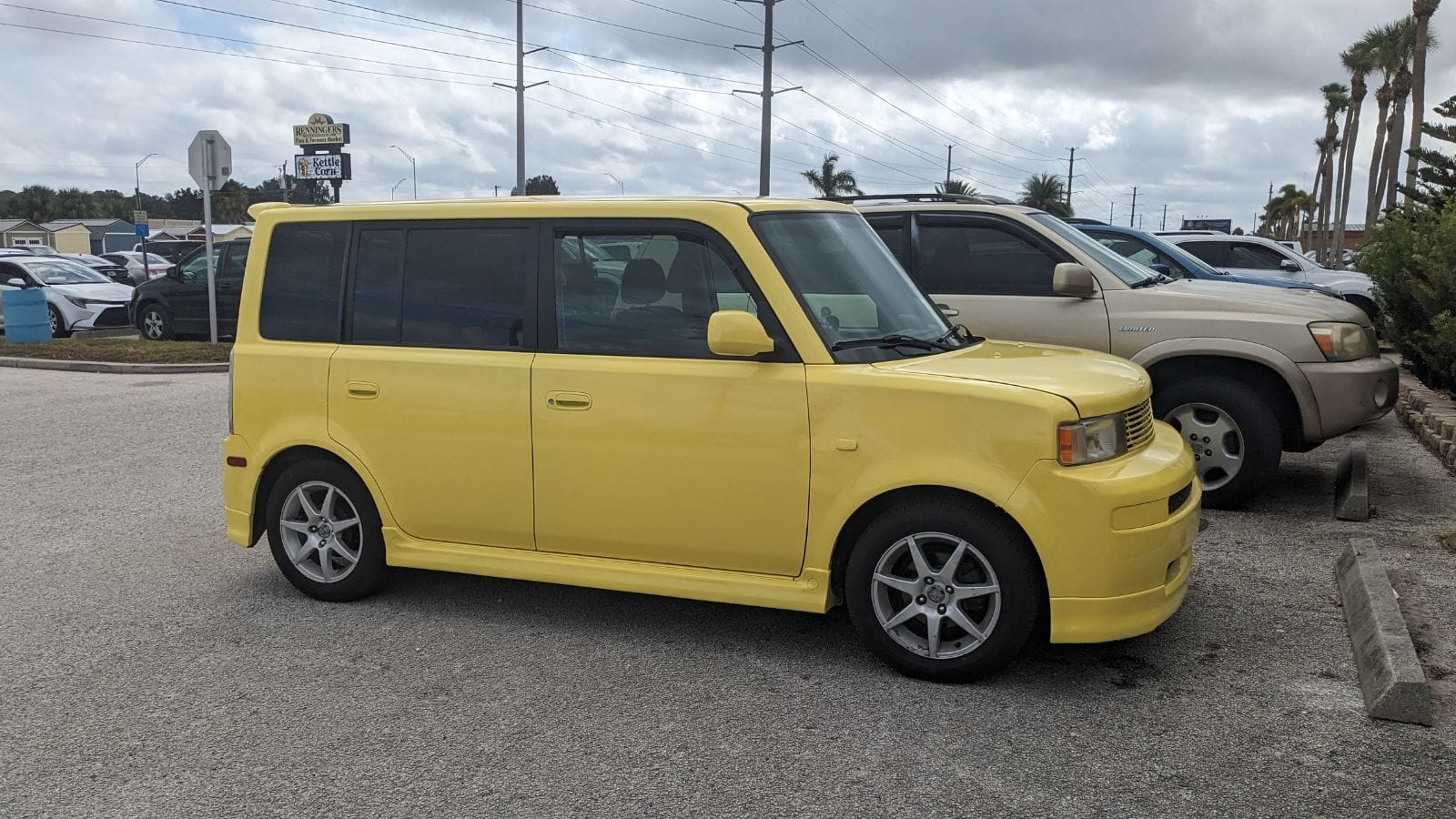
The Scion xB was Toyota’s bold attempt to lure young drivers with something hip and unusual. Its boxy, upright stance looked cool in Tokyo but had many scratching their heads in the US. Some thought it looked like a delivery van shrunk in the wash. The flat panels, square roofline, and utilitarian vibe turned off mainstream buyers but built a cult following among customizers. Inside, it was roomy and practical, proving that function often follows form. Still, when parked next to sleek competitors, the xB looked more like a storage cabinet on wheels than a stylish runabout.
Chevrolet SSR (2003–2006)
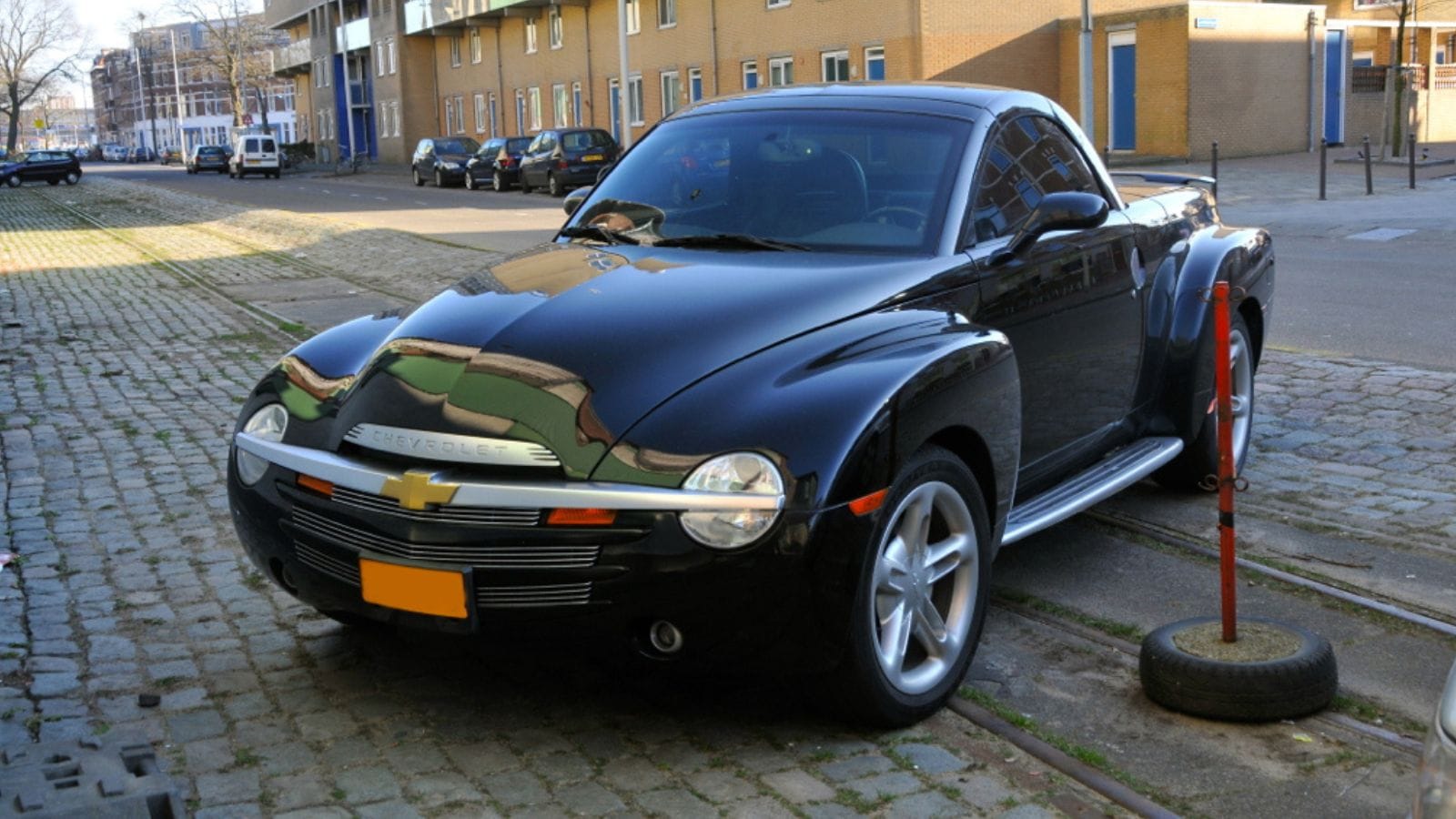
Chevy’s SSR was the ultimate identity crisis on four wheels. It blended pickup truck underpinnings with retro hot rod cues and a folding hardtop roof. On paper, that sounded like a wild party. In practice, it looked like a cartoon truck that couldn’t decide what it wanted to be. The bulbous fenders and swoopy body didn’t mesh with its proportions, leaving it awkward from most angles. Under the hood, later versions offered a V8 that gave it some bite, but buyers never really knew if it was a toy, a work truck, or a retro collectible.
Acura ZDX (2010–2013)
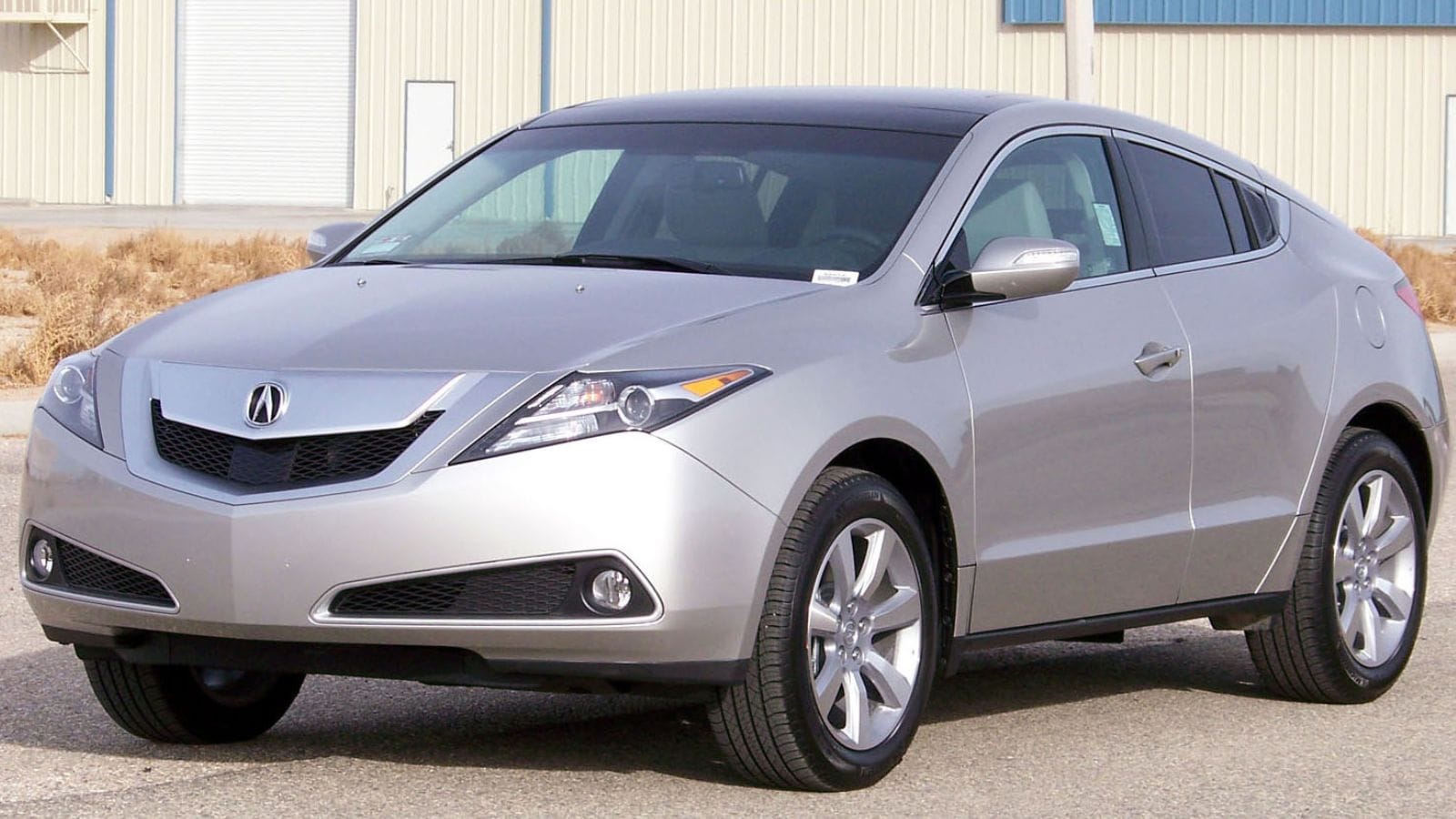
Acura’s ZDX was supposed to be bold and futuristic, but it ended up as one of the brand’s strangest experiments. Its coupe-like roofline severely cut into rear headroom, and the bulky sides made it look bloated. The grille, styled in Acura’s controversial “beak” era, only added to the awkwardness. Positioned as a luxury crossover coupe, it arrived just as BMW’s X6 started the trend, but Acura’s execution looked unfinished. Despite being packed with tech and comfort features, its oddball proportions and limited practicality doomed it. Today, it’s a rarity on the road, remembered mostly for its puzzling shape.
Jeep Compass (2007–2010, first generation)
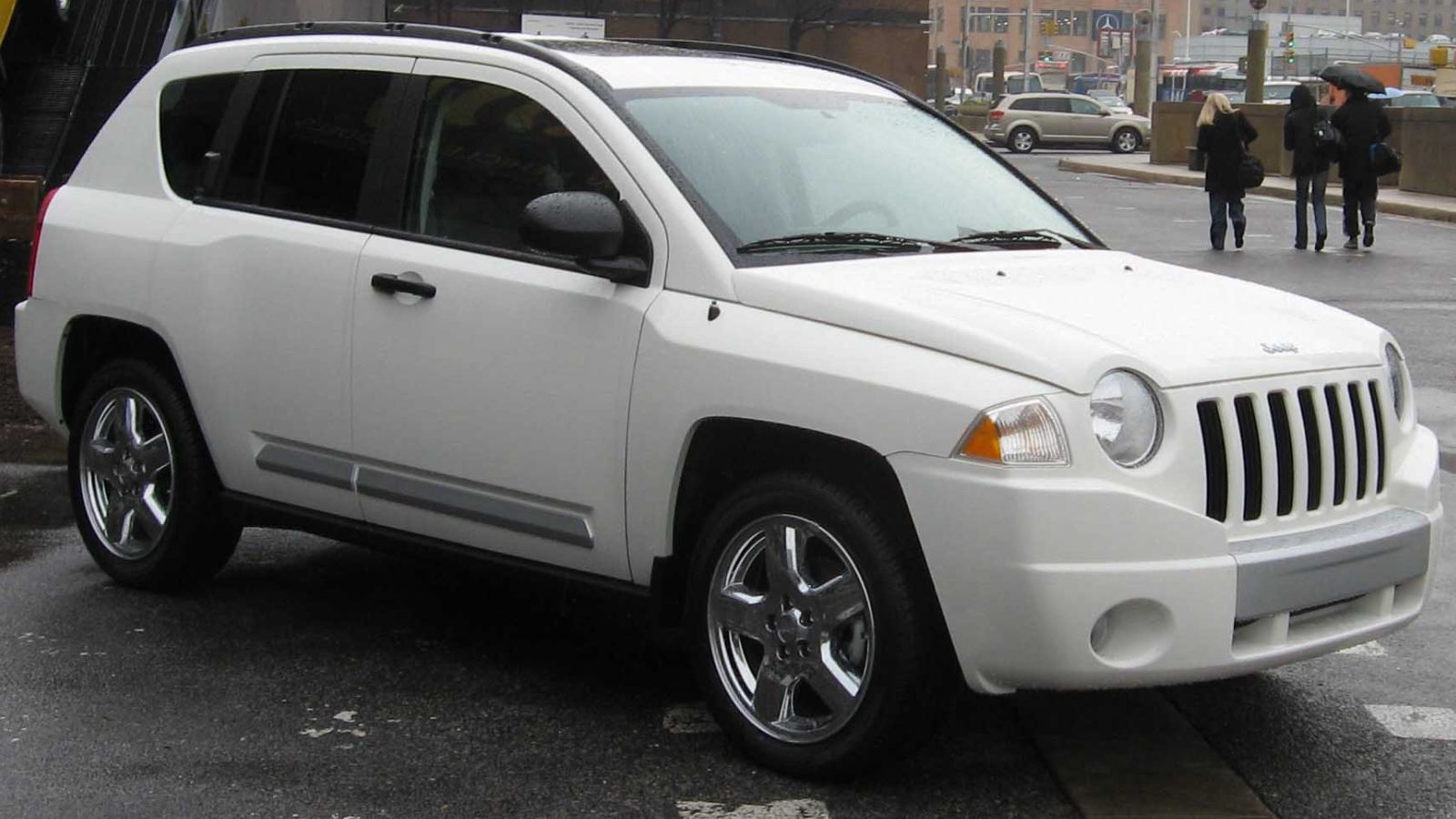
The first Jeep Compass was marketed as a compact crossover with Jeep DNA, but its design looked like an afterthought. Its bug-eyed headlights and plasticky trim made it look more like a toy than a rugged SUV. Hardcore Jeep fans hated it for being soft and uninspired, while new buyers found its styling cheap compared to rivals. The Compass had capability, but the design did nothing to sell it. Jeep quickly redesigned it, but the original model remains a reminder that not every Jeep badge carries instant respect.
Subaru B9 Tribeca (2006–2007, first generation)
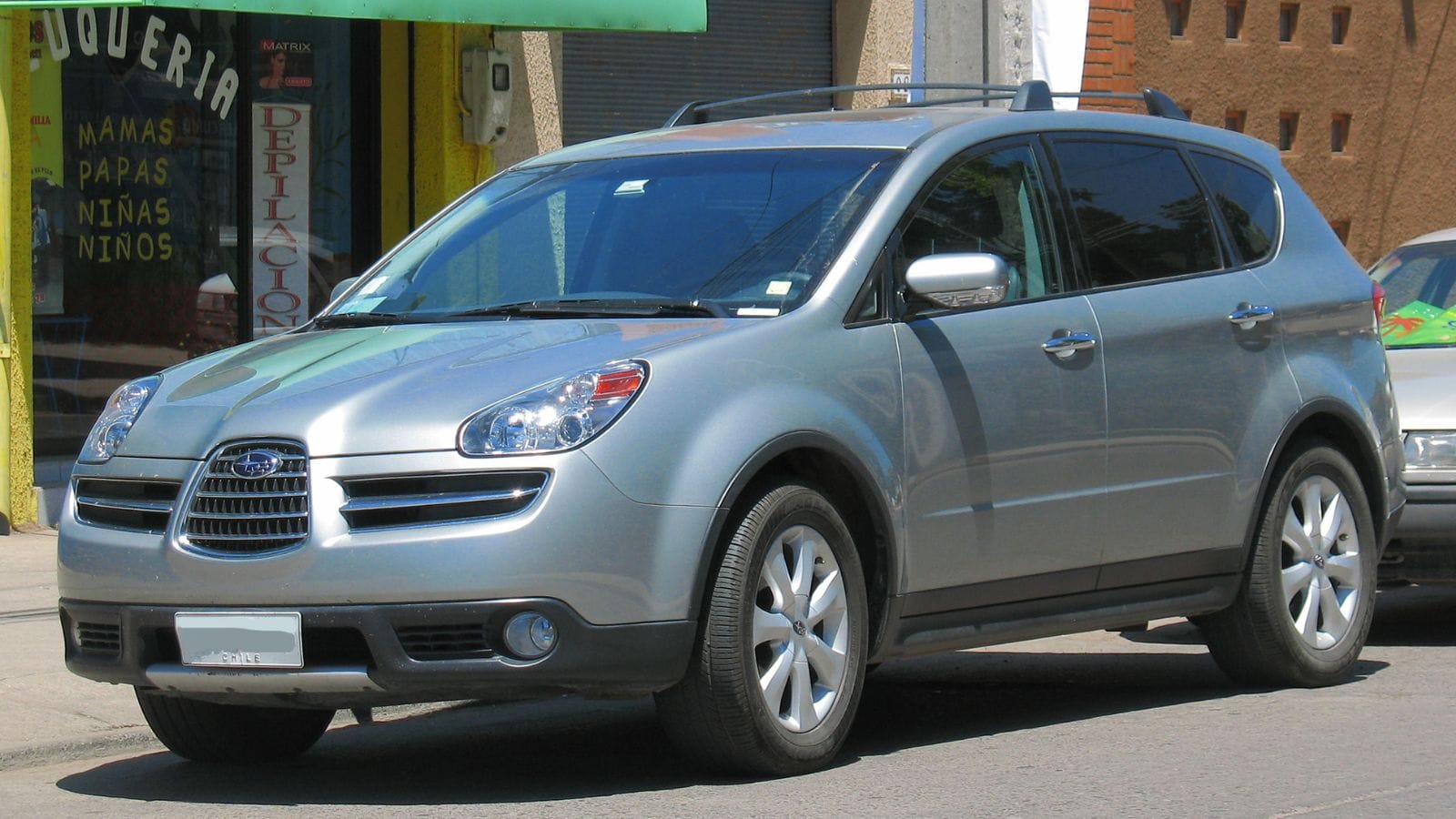
Subaru has a reputation for building quirky but lovable cars, yet the B9 Tribeca missed the lovable part. Its tri-split grille looked like an electric shaver grafted onto the front end, and the overall rounded design clashed with Subaru’s outdoorsy image. Buyers were puzzled. Why would the maker of the Outback and Forester deliver something so visually awkward? The interior was comfortable and futuristic, but most shoppers never made it past the exterior. Subaru rushed to restyle the Tribeca only two years later, admitting the original design was simply a flop.
Lincoln MKT (2010–2019)
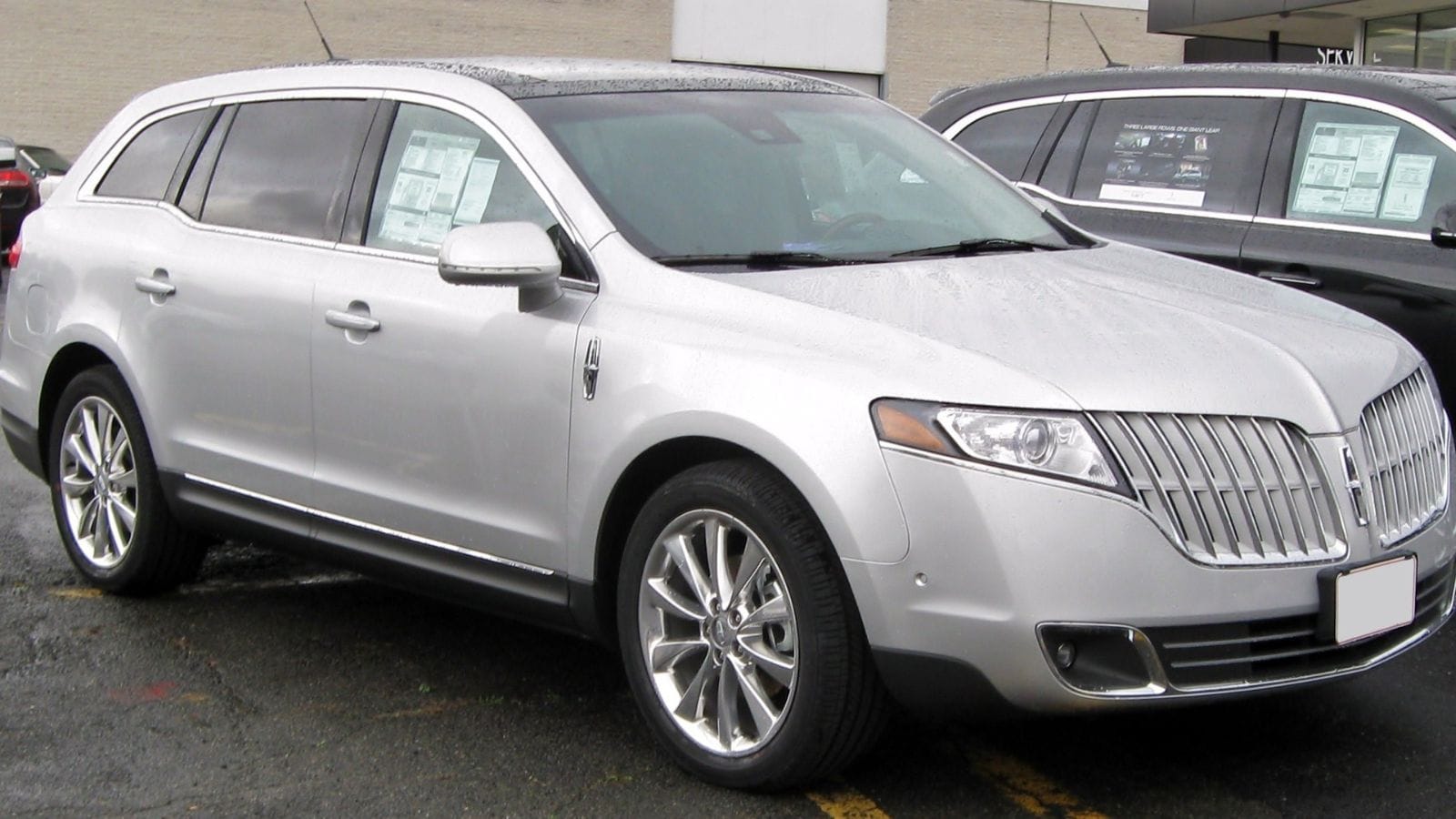
The Lincoln MKT had the misfortune of looking like a limousine designed by committee. Its long wagon-like body and massive split-wing grille made it resemble a whale shark on wheels. Inside, it was cushy and loaded with features, which made it a popular choice for livery fleets. But for private buyers, it was hard to see past its awkward proportions. Many compared it to a hearse, which is never a good look for a luxury car. Lincoln kept it alive for nearly a decade, but mostly as a fleet vehicle rather than a desirable family ride.
Dodge Caliber (2007–2012)

The Dodge Caliber was Chrysler’s attempt to reinvent the compact hatchback with muscle car swagger. Instead, it looked clunky and unfinished. Its chunky bodywork and oversized grille made it seem heavy, while its proportions screamed economy car. Inside, it felt cheaply built, with hard plastics everywhere. Despite Dodge’s attempt to market sporty versions like the SRT-4, the styling never shook its awkwardness. Buyers expecting Charger DNA got a hatchback that felt like a rental. It was a swing and a miss in both design and execution.
Fiat 500L (2014–2019)
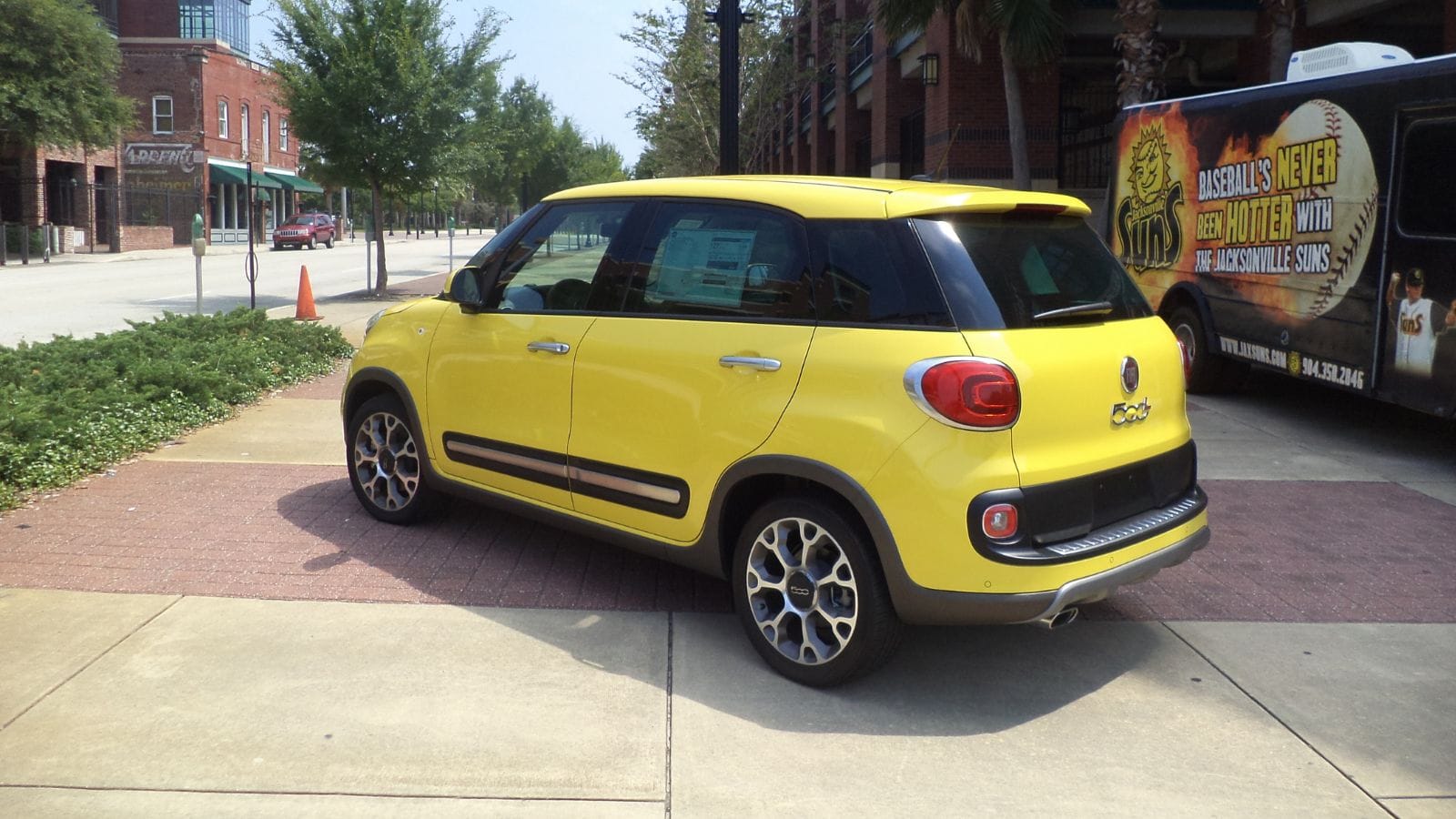
Fiat’s charming 500 was a success because it was tiny, cheeky, and full of Italian personality. The 500L tried to stretch that look into a family-friendly people mover, and the results were disastrous. Its bulging headlights and tall, ungainly body made it look like the 500 had been inflated with a bicycle pump. The proportions were awkward from every angle, and it lacked the small-car charisma of its sibling. In North America, buyers never warmed to it, and the 500L quietly exited the stage with few tears shed.
BMW X6 (2008–2014, first generation)
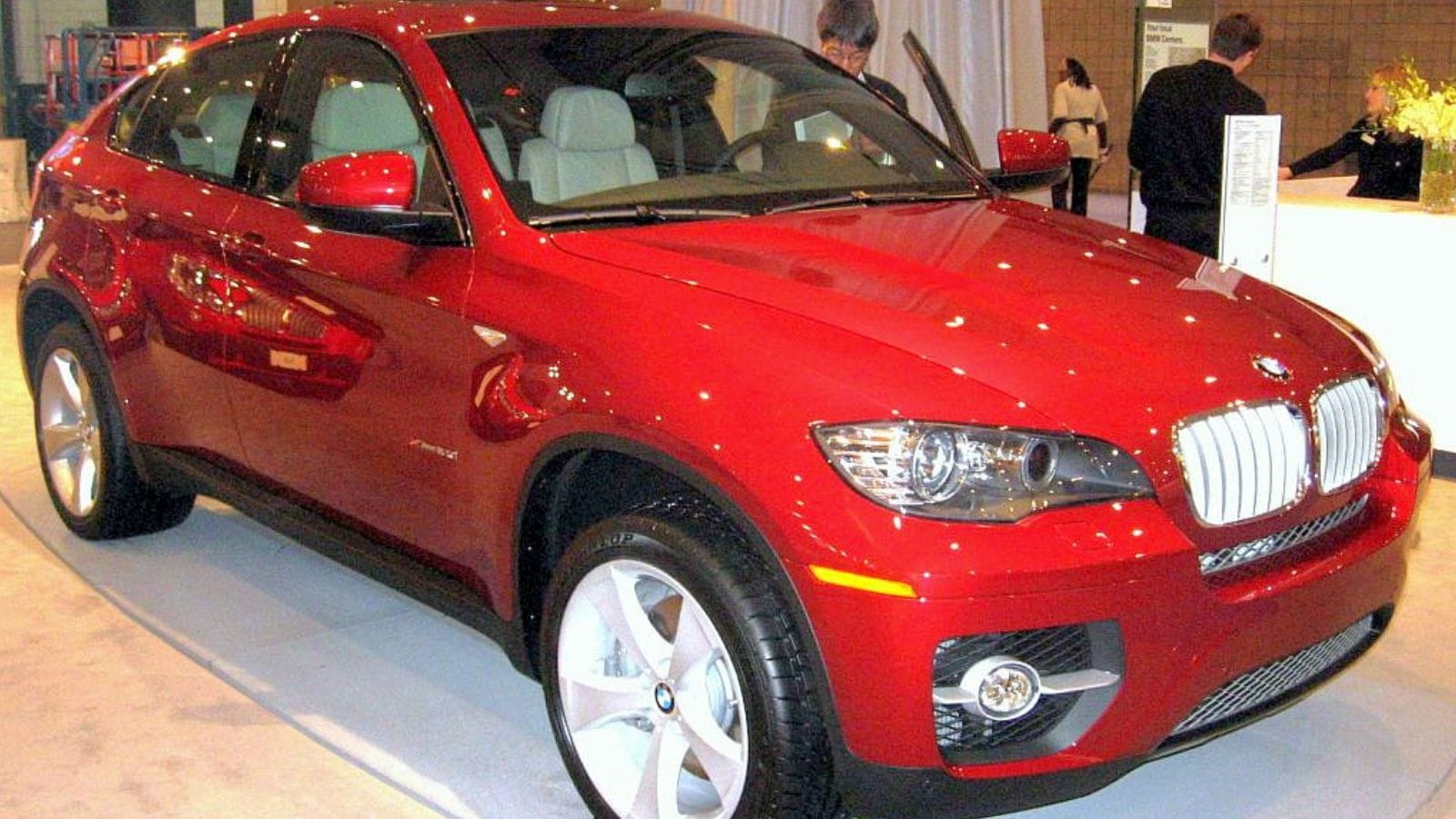
When BMW launched the X6, it invented a new segment: the coupe SUV. But while innovative, the design was hard to love. Its sloping roofline cut into practicality, and the body looked like an X5 had been squashed in a press. Some admired its boldness, but many mocked it as style over substance. The X6 set off a trend of similar coupe SUVs across the industry, proving that questionable design can still sell. But in terms of aesthetics, it remains one of BMW’s most polarizing creations, caught somewhere between sports coupe and family hauler.
Mitsubishi Eclipse Cross (2018–present)
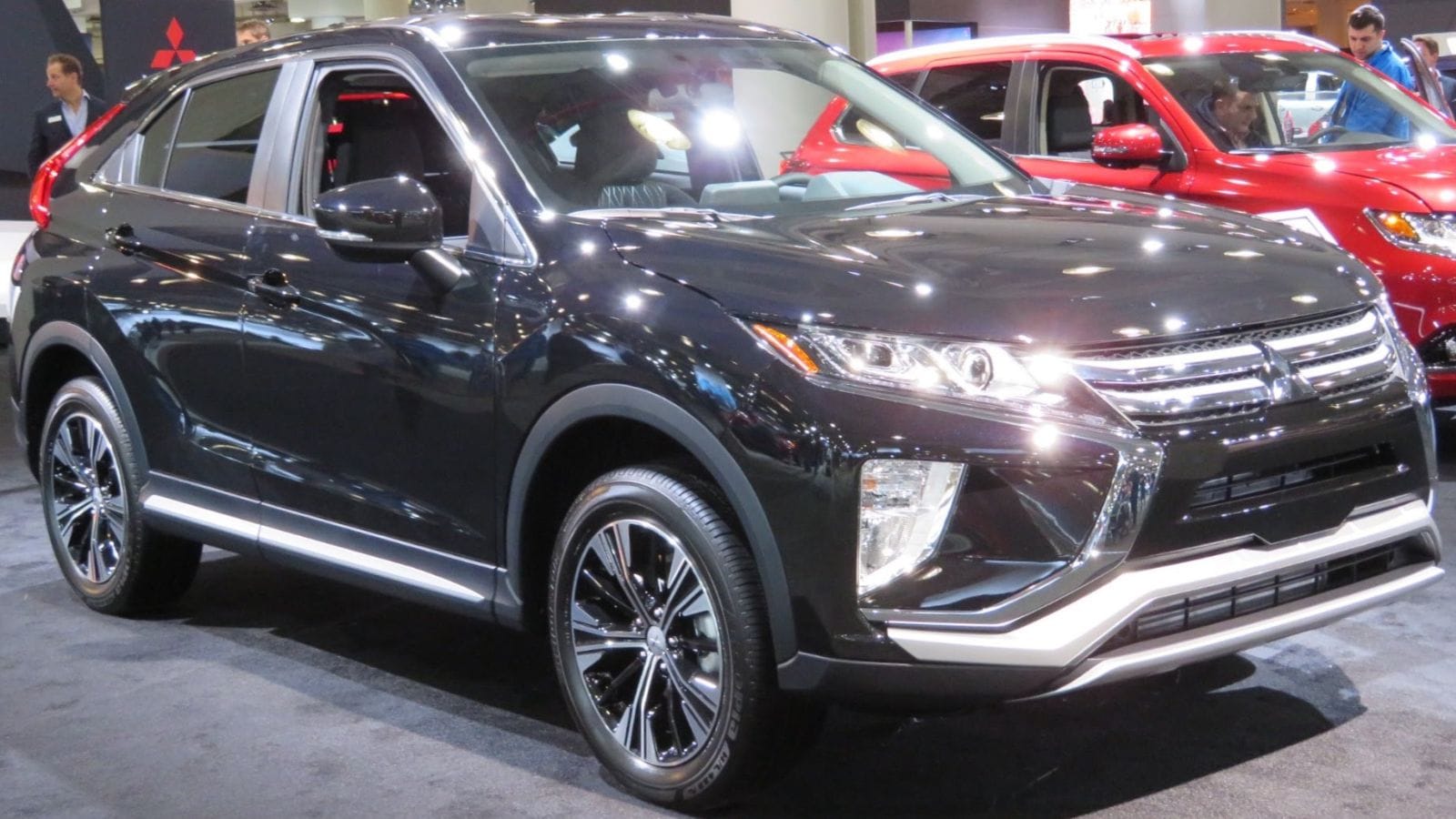
The Eclipse Cross committed the cardinal sin of borrowing a beloved name for a crossover that didn’t live up to it. Once a sleek sports coupe, the Eclipse badge now sat on a tall, angular SUV with awkward styling. The split rear window divided opinion immediately, and the sharp creases made it look overdesigned. Fans of the original Eclipse cried foul, seeing the name’s heritage wasted. While competent as a small crossover, its design and branding choice made it one of the most ridiculed Mitsubishis in recent memory.
25 Facts About Car Loans That Most Drivers Don’t Realize

Car loans are one of the most common ways people fund car purchases. Like any other kind of loan, car loans can have certain features that can be regarded as an advantage or a disadvantage to the borrower. Understanding all essential facts about car loans and how they work to ensure that you get the best deal for your financial situation is essential. Here are 25 shocking facts about car loans that most drivers don’t realize:
25 Facts About Car Loans That Most Drivers Don’t Realize
